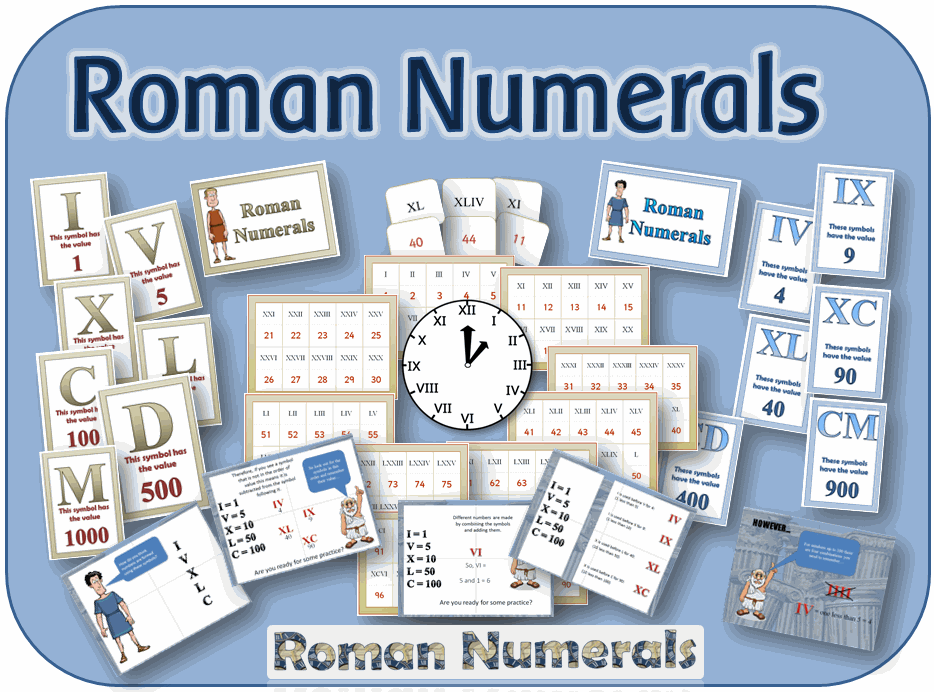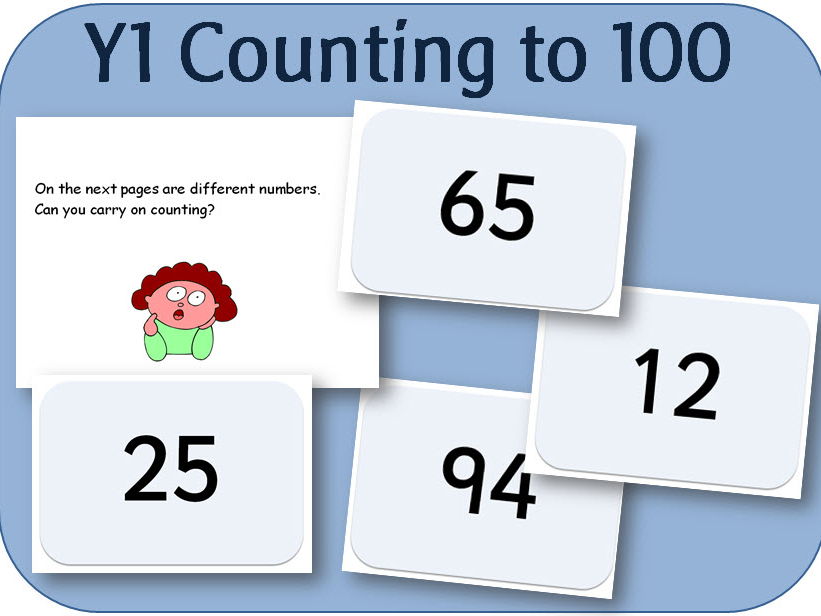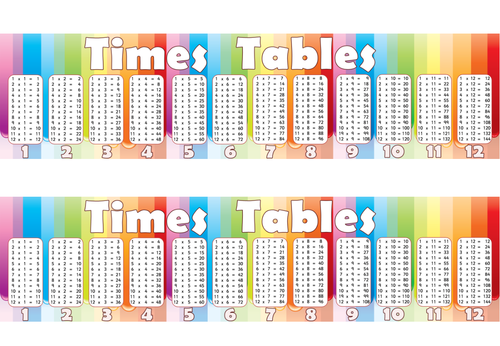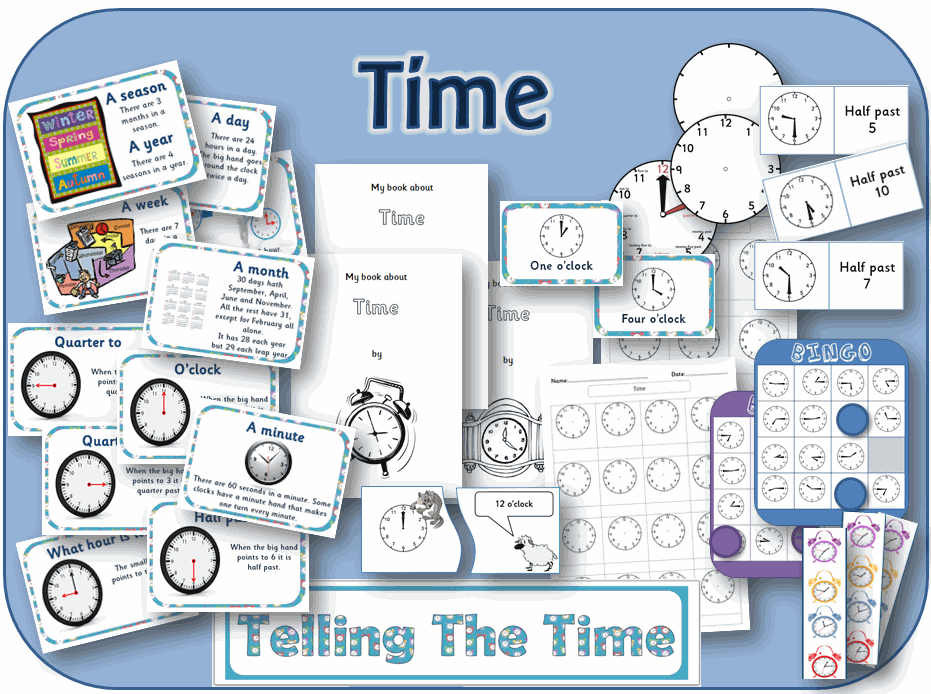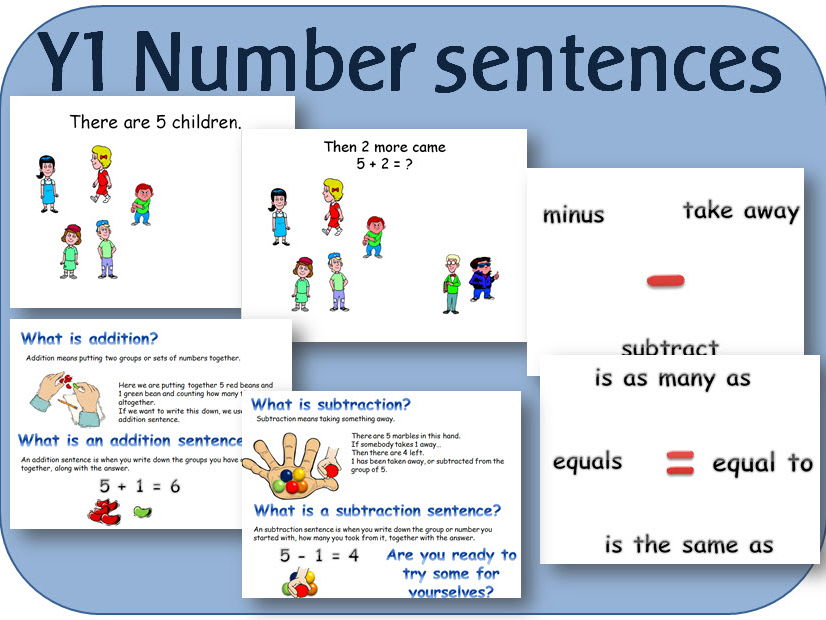
404Uploads
1065k+Views
681k+Downloads
Mathematics

Year 1 Maths Measurement: Capacity and volume
A powerpoint explaining what language to use for different types of capacity, eg full/empty, more than, less than, half, half full, quarter, and a capacity vocabulary display.

Toys KS1 topic resources - powerpoints, activity and display pack
A set of powerpoints showing photographs of the most popular toys of the pre-50s, 50s, 60s, 70s, 80s, 90s and modern toys; an introduction to the history of toys - going back to dolls in Ancient Greece to computers today; a look at portraits of children from the past playing with toys; a sorting toy activity into old and new, and an old poem about the wonders of a toy shop.
There are also 4 maths powerpoints looking at addition and subtraction in the toy shop, with cards to print for games.
The activities include:
An acrostic poem template
Animal cut-out templates to join together to make a moving toy
Colouring sheets
Pictures of new/old teddy
Puppets for role play
Russian doll set to print and laminate for size ordering
6 x Santa lists to use around Christmas
A thaumatrope template with instructions
3 x cover templates for a topic book
Toy sorting cards - to sort into different materials/ properties.
Toys from the past questionnaire to take home to fill in with parents.
A copy of an old book 'What shall we do next' from 1907 full of games and activities that children played
The Wonderful Toymaker fairy tale to read
An outline planning document with cross curricular links that can be adapted.
DISPLAY
Old toys display - photographs
Children's portraits playing with toys
Toys banner
Toys heading
Toys in the past heading
Toys timeline

KS1 Maths Measurement: WEIGHT AND CAPACITY powerpoints, activities, vocabulary and display pack
This pack meets the new KS1 curriculum requirements for capacity / volume and weight / mass.
It covers measuring with non standards units; moving on to standard units.
It consists of powerpoint lessons, display, headings, worksheets and activities.

Roman numerals KS2 maths resources: powerpoints display posters clock and cards
This pack meets the new curriculum requirements for teaching Roman numerals in KS2 - Year 3, 4 and 5.
It covers Roman numerals on a clock; an explanation and history of Roman numerals; Roman numerals to 100 and to 1000
It consists of powerpoint lessons, display, headings, worksheets and activities

Year 1 Maths: Geometry - properties of shapes
A set of resources to introduce and reinforce 2D and 3D shapes and their properties.
There are 7 powerpoint activities:
2D Shape finder: The class have to choose a shape and answer questions to identify what it is.
Naming 2D shapes: Interactive activity for children to identify what each 2D shape is called and to describe its properties.
Sorting shapes: The shapes are grouped according to certain properties - the children have to describe these properties.
What shape am I?: Describes a 2D shape and the children have to select the right one.
Guess my shape: Describes properties of 2D and 3D shapes and the children have to click on the correct shape.
3D shapes: Explains the properties of 3D shapes and gives examples of objects of each shape.
3D Shapes: Gives examples and descriptions of 3D shapes, (cone, cylinder, cube, sphere, cuboid, pyramid) and where they could be found in everyday life.
Naming 3D shapes: Interactive activity for children to identify what each 3D shape is called and to describe its properties.
Plus printable sheets for class activities:
Colourful small 2D shapes: 12 different shapes; 36 per sheet
Colourful small face 2D shapes: as above but the shapes have faces
2D shapes on 1 sheet
3D shapes: 6 shapes on 1 sheet
Cone net
Cube net
Cuboid net
Prism net
Large shapes: 11 shapes, 1 on each sheet

Year 1 Maths: Add and subtract 1 and 2 digit numbers
Simple number sentences to display on the whiteboard

Year 1 Maths: Counting to 100; count and read numbers to 100
The first three powerpoints cover the objective: Count to and across 100, forwards and backwards, beginning with 0 or 1 or from any given number
The next three powerpoints are to encourage number recognition.

Year 1 Maths: Read and write numbers
A set of powerpoints to help children read and write numbers from 1 to 20 in numerals and words, including correct formation of numerals.

Year 1 Maths: Number bonds to 20
The subtraction facts powerpoints look at the subtraction facts associated with each number. They then look for patterns in the number sentences and identify the number bonds.
The number facts powerpoints look at the different ways of making each number, showing numerals and counters then highlight subtraction and related addition sentences.
Each number bond powerpoint looks at the number bonds for each individual number, 11-20. It then shows the paired numbers and asks the children how many number sentences they can think of for each pair.
Also in the pack are 3 sets of flip flap number bonds and 2 number bond worksheets.

KS1 Maths Measurement: Money resources set - powerpoints, display, activities, games, worksheets etc
This pack contains over 60 files. It includes clipart money to print; posters explaining money values and the images on coins and notes; Heading and border for displays; different games; number lines using 2, 5, 10 and 20 pences; powerpoint lessons, and other worksheets and activities.

1 to 12 Times Tables posters and games: loop cards, playing cards, wheel and strips
The pack contains
3 different designs of times tables posters (rainbow / pink / football)
3 times table banners
3 table strips with times tables
Times table wheel
Cards for each times table; 2-12
Loop cards for each times table; 2-12

KS1 Maths Measurement: TIME resources set - powerpoints, display, activities, games, worksheets etc
This pack includes powerpoints to teach days of the week, months of the year, months and seasons and how to tell the time.
It also includes headings, posters, vocabulary, borders, games, activities and worksheets

KS1 Maths Measurement: LENGTH & HEIGHT powerpoints, activities, vocabulary and display pack
A set of lessons to introduce measuring with standard and non-standard measures such as cubes, hand spans etc, with worksheets and printable centimetre rulers for recording practical activities.
Also includes headings, borders and vocabulary posters.

Y1 Maths number and place value: 1 more and 1 less
A set of powerpoints to help children practise identifying one more or less than a given number.

Year 1 Maths Number: Identifying and representing numbers
A set of 15 powerpoints to help children identify and represent numbers with objects and pictures , use a numberline and use language such as equal to, more than etc.

Year 1 Maths Number: Addition and subtraction - introduction to number sentences
Four powerpoints to introduce the concept of number sentences in KS1. They help to teach how to read, write and interpret mathematical statements involving addition, subtraction and equals signs. Also included is a set of number cards plus add, subtract and equals symbols.

Year 1 Maths Number: One step addition problems
A set of powerpoints with different activities and problems to solve.
Addition as combining 2 sets: visual representation of joining two sets along with the number sentences
Addition can be done in any order: Demonstrates adding two numbers with counters by adding the small amount to the larger amount, and the larger amount to the smaller amount. Shows how this is the same when adding using numerals, and that it is easier to add the smaller number to the bigger number.
Addition strategies: shows different ways that addition can be done, including counting on, using a number line, using fingers or counters etc.
Buying 2 things at the toy shop: Real-life situation of using addition when buying 2 objects.
Counting biscuits and missing numbers: Shows how 10 biscuits can be shared using addition sentences. It then introduces the concept of missing numbers, hiding biscuits and numerals with a reveal button.
Counting dominoes: shows that addition can be done in any order.
Counting on at the pet shop: Practical counting on activity
Counting on from the biggest number: Demonstrates with objects on a number line how it is easier to count on from the biggest number
Counting on the bus: practical addition activities
Counting on the double decker bus: practical addition using the top and bottom deck
Counting on with animals: Simple counting activity with animals
Counting on with pencils: activity where the children can write down the number sentence to work out the answer
The toy shop: introduces the concept of most and least, more than etc. in a practical context.

Y1 Maths Geometry - position and direction
There are 4 powerpoints in this set:
Pivots: Shows examples of objects with pivots and how they work
Pivot worksheet (pdf): Objects with pivots
Objects that turn about a line: Shows examples of these kinds of objects.
Turns around a point - shows quarter and half turns on a clock.
Describing position: Shows different scenarios (Inside a house; a lounge; garage; bedroom, and classroom) and asks the children to describe the position of different objects using a range of vocabulary to describe position.

Year 1 Maths : Missing number problems
Introduction to missing numbers: explains what missing number problems are and gives strategies for working them out.
Behind the Barn: pictorial introduction to missing numbers – asks how many cows there are altogether if x number are hiding behind the barn
Missing number problems x 6
Printable resources:
Number cards and plus, minus and equals symbols
Flip flap number bonds to 10
number bonds to 10 addition sheet
Number bonds to 10 subtraction sheet
Toy prices
Number cards to 20

Year 1 Maths Number: One step subtraction problems
A set of powerpoints with different problems that involve subtraction.
Finding the difference – Strategies: ways of finding the difference between two numbers
Sale at the toy shop: practical subtraction problems
Subtraction strategies: shows different ways that addition can be done, including counting back, using a number line, using fingers etc.
Taking away in the toy box: simple taking away activities
Taking away on the bus: subtraction problems using people getting off a bus.




